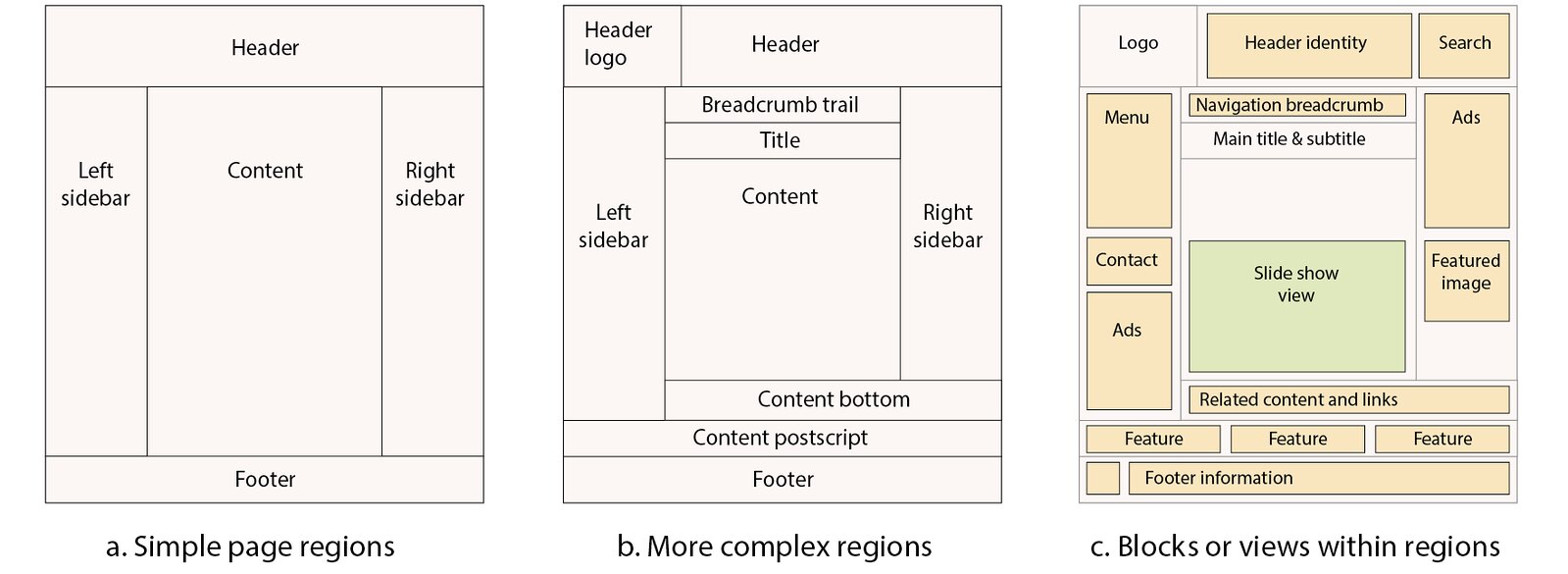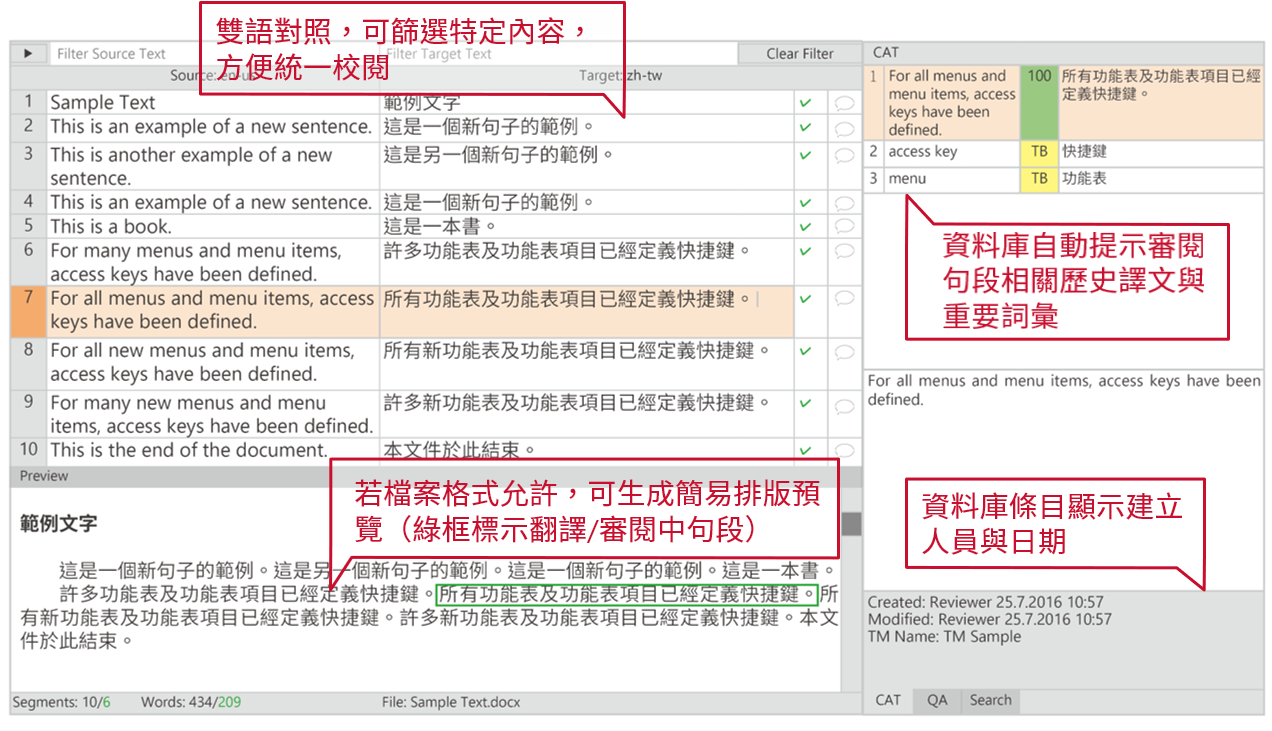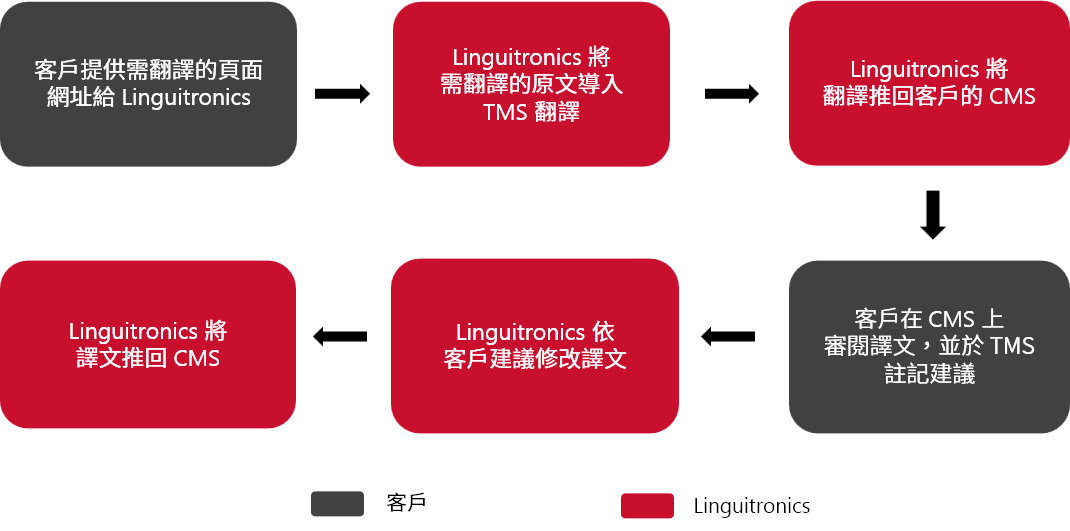Managing Multiple Languages is Super Easy: Looking to administer your multilingual website without unnecessary work? Wise use of content management systems and translation management systems can save precious time and headaches
2025.03.05Today’s world operates on data. That is why conveying that data to your customers on your company website is so crucial. Many companies opt for one of several content management systems (CMS) built for just that purpose of regular website updates. CMS helps companies make their websites sustainable, digital, and accessible worldwide, while also covering important security and completeness concerns.Companies often need to add new content or functionality to their websites, so being able to use a CMS to edit and modify the website in the most cost-wise and time-wise fashion is crucial to ensuring that web content is always fresh and functional. With CMS, even a layman can set up a website. From initial setup, animated design, picture layout, and website layout editing, to member systems and comment systems, CMS provides complete website control. CMS often uses PHP (a scripting language for web development that controls for correct display) and MySQL (a database management system) to give the user the ability to build a website and add/modify content with minimal effort, with the familiarity and ease of working in Windows.
The advantages of CMS are indisputable. But difficulties appear, however, when a company wants to take its business international, it becomes not only advisable but necessary to offer your website in multiple languages as part of your company’s globalization strategy. Adding a dozen or so common languages to your website is no small task. Just building and maintaining the new versions can be cause of endless worry. So, if you are a web admin, you can consider various multilingual strategies before actually starting the translation/localization process. Then, working with your localization vendor, you can tailor an approach that best fits the needs of your website.
Can your CMS help you to establish your position in the global market?
Linguitronics has a wealth of experience in finding strategies for translation and globalization. We know that most companies choose one or more of the following methods: 1. Retrieving content and translating in Word or Excel format;2. Exporting an xml or xliff format translation file that is supported in the Translation Management System (TMS);3. Connecting CMS to TMS, where content is translated.
1. Retrieving content and translating in Word or Excel format
The most obvious option, for many people, would be to retrieve the content and translate directly in Word or Excel (.docx or .csv). That means that the web admin needs to extract the content from the website before translating it and then updating it to the website—a lengthy process.
Usually the translatable content is copied manually from the website and pasted into a Word document (.docx); or it is pulled from the CMS into an Excel file (.csv). After being translated, the content is then pasted back into the website from Word, or re-uploaded to the CMS from Excel, and is then confirmed before updating.
For simple websites (the website in figure a below, for instance) with a low number of pages and little textual content, this work-intensive method might be feasible.But once the content reaches a certain level of complexity (the website in figure c) with multiple, text-heavy pages, just simply extracting the content to be translated becomes a time-consuming process, like digging a hole with a spoon rather than a shovel.

2. Export xml, xliff, or other supported TMS file for translation
Of course some web admins who have localization experience will export an .xml or .xliff file and import it into the TMS for translation. While this method is not as energy intensive, it still requires a human being to select the pages to be translated, and the translated content needs to be re-uploaded to its corresponding pages. Easier, certainly, but not a perfect solution.
3. Connecting CMS to TMS, where content is translated
Another method for translating a website is to connect CMS to TMS, and then translate in the TMS. If your CMS supports TMS, you can automatically import translatable content to the TMS through a connector or plug-in. When the translation is complete, it is pushed back to the corresponding pages of the CMS, where the admin can then adjust the layout to fit each language. This saves the admin the manual labor of extracting the content and pasting it back into each individual page. For a web admin who operates websites with complex structure that also require frequent updating, connecting to TMS through CMS is both more straightforward and adaptable to dynamic multilingualization.
In the early stages of website building, many companies overlook the possible multilingual requirements of their website when choosing a CMS, but then when the company expands and a globalized website becomes necessary, they find that the CMS they chose lacks multilingual functionality. At that point, it is already too late to switch to a new CMS or look at other alternatives, and doing so would only waste time while increasing risks and costs.
Translation Management System (TMS): your multilingual assistant
Now that you know the difficulties of running a multilingual website, the pertinent question is: Can TMS help? The answer is a resounding Yes! Like CMS, which helps companies manage websites and quickly add/modify website content, TMS speeds up and simplifies the process: it streamlines the translation/localization process and allows you to produce website messaging that is higher in quality, consistent, and complete, all while keeping upkeep costs low.
TMS provides two very advantageous functions: 1. Computer Assisted Translation (CAT) Tools;2. Automated workflows and collaborative editing.
1. Computer Assisted Translation (CAT)
The CAT interface is a central function of TMS and is basis for its development. The CAT interface is a central function of TMS and is the basis for its development. By effective use of Translation Memories (TMs)[1] and glossaries (termbases, TBs)[2], the translator can produce translations faster and with higher quality and consistency.

2. Automated workflows and collaborative editing
Version control is a common issue that web admins constantly need to address in globalization/localization. Companies may respond to new demands in the market by adjusting their strategies and modifying their original content; and this might happen after the translation is already complete.One language on the website might be changed to meet a certain market need, so, do the other website languages need to be adjusted? Time, effort, and (not to mention) costs are spent answering that question. Without TMS, the usual tight time constraints force the company to respond by sending the entire text for another round of translation.Whereas with TMS, the company can identify which content needs to be changed and make only the necessary changes.
[1] Translation Memories (TMs): Originals (the “before”) and translated texts (the “afters”) are stored in TM files. When translating the exact same or even just similar content, the content already translated can be reused, saving time and ensuring a consistent message.
[2] Glossaries/TBs: While translating, the translator can choose certain words to add to the TB. The words in the TB can be reused whenever the translator encounters the exact same or similar words, which is similar to a TM. But TBs are also different from TMs, in that the basic unit of a TM is a segment of text, while the basic unit of a TB is a word or phrase.
CMS + TMS = powerful control over digitalization and globalization
Version control, always a thorny challenge, has a simple answer: CMS + TMS, giving admins powerful control over digitalization and globalization. There are currently several CMS options on the market that support TMS, including WordPress, Drupal, Sitecore, and Adobe Experience Manager (AEM). Using TMS in unison with CMS gives the administrator three main advantages:
1. Accelerates the localization/translation process
TMS tracks designated content on the CMS in real time. This not only eliminates the need for laborious extraction and importing of translated content; everyone involved in the localization/translation process saves a considerable amount of time that was once spent uploading and downloading content and confirming versions.

2. Reduces possibility of human-caused localization errors
The localization team no longer needs to manually share and manage files. With higher automation, human-caused errors can be reduced.
3. Fortifies security of data
Changes made to data on the CMS are tracked and recorded. By using a connector or plug-in, it removes a joint in the process where confidential data could leak or be stolen. And on top of that, it records all data transmissions, allowing you to have more secure control over your data.
The ancient Greek philosopher Heraclitus once said: “Change is the only constant.” Responding to change is also a constant: a company that can effectively integrate CMS with TMS is able to swiftly respond to market changes, process huge amounts of data, and meet localization needs. In this new world defined by data, globalization and digitalization are arduous challenges, but the opportunities are too good to let pass.
Do you want to optimize the globalization/digitalization of your website? Contact us for consultation. We can help you find the solution that works for you.
Contact Us Now
More Insights

Why Translation Management? Going Beyond Language Conversion and Building a Holistic Approach—Risk Analysis

All You Need to Know About ISO 17100

